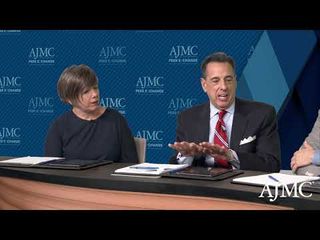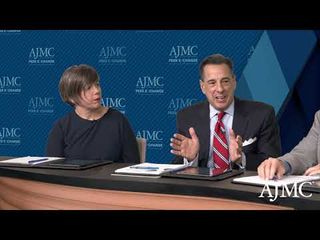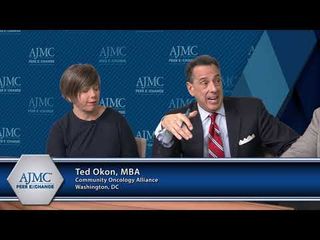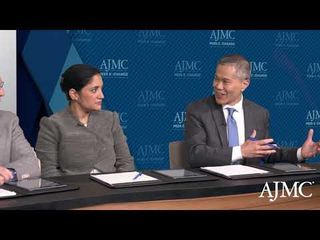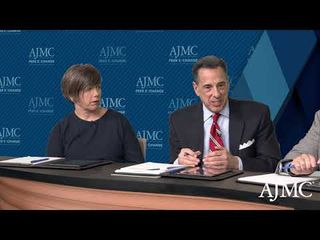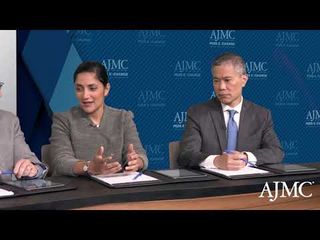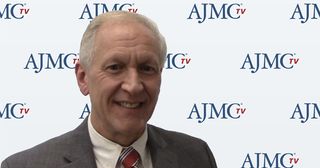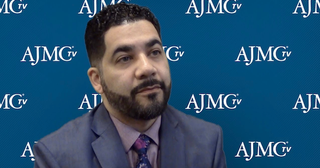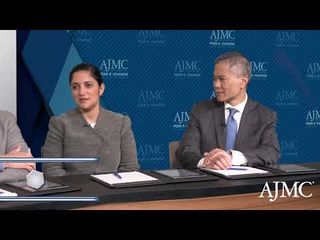
Oncology
Latest News
Latest Videos

CME Content
More News

Real-world evidence is being embraced by FDA as a way to expand the review of data beyond the trial population, which may not be representative of the patients seen in clinics on a daily basis.

Clinical findings presented at the 2019 Annual Meeting of the American Society of Clinical Oncology in Chicago, Illinois.

The combination of nivolumab (Opdivo) and ipilimumab (Yervoy) demonstrated significant clinical benefit in patients with solid pediatric tumors that progressed in adulthood, a patient population with few treatment options, according to study findings presented at the 2019 American Society of Clinical Oncology Annual Meeting in Chicago, Illinois.

Although smoking cigarettes is thought of as being the most prevalent—yet preventable—cancer risk, new data suggests people who are obese now outnumber people who smoke, with excess weight causing more cases of certain cancers than smoking in the United Kingdom.
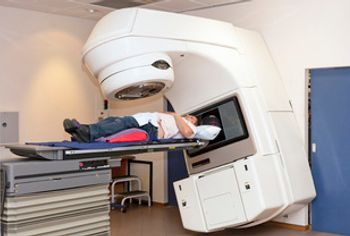
CMS has proposed the mandatory Radiation Oncology Model, which would cover radiation therapy spanning a 90-day episode.
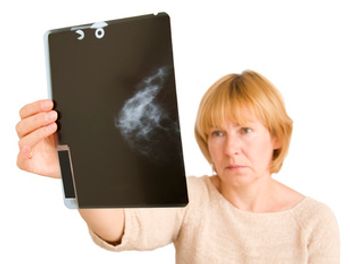
Poor interpretation of imaging is the top reason for oncology malpractice lawsuits.

Time to diagnosis, the interval that passes from first symptom presentation until diagnosis, varies by cancer type among children, adolescents, and young adults and may be affected by clinical and sociodemogrpahic factors.
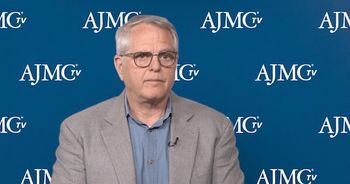
New innovations in cancer therapies have people excited to leave behind the treatments of old, but it might not be time yet to throw away chemotherapy, said Bruce Feinberg, DO, vice president and chief medical officer of Cardinal Health Specialty Solutions.
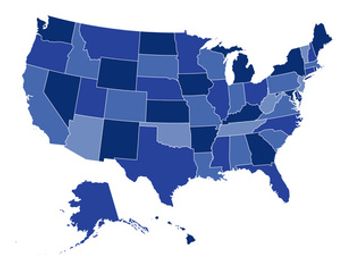
Last week, a panel of diverse stakeholders took the stage at the National Comprehensive Cancer Network Policy Summit in Washington, DC, to discuss shifting regulatory action from the federal to the state level, and the possible implications for patient access to high-quality cancer care.
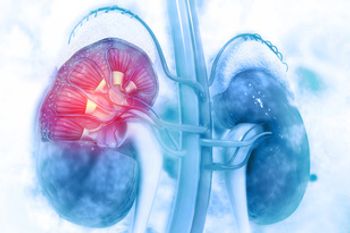
Evidence has shown that nivolumab immunotherapy could effectively treat metastatic renal cell carcinoma (RCC) in settings where resources are constrained.
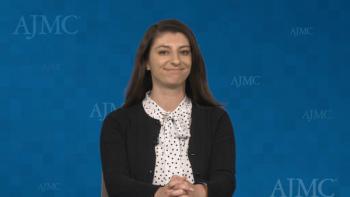
Here are 5 interesting findings from the June 2019 issue of AJMC®.

If chemotherapy is still going to be used for another decade, there needs to be continued research into it and how to improve quality of life for patients treated with it, said Bruce Feinberg, DO, vice president and chief medical officer of Cardinal Health Specialty Solutions.

A report released Thursday from the National Academies of Sciences, Engineering, and Medicine said the United States needs a US National Cancer Control Plan that uses a system approach to reshape cancer control efforts, targeting everything from prevention, machine learning, palliative care, assessing value, rooting out financial conflicts of interest, and more.

OBR hosted a webinar that featured a discussion about how oncology practices can leverage artificial intelligence (AI) to improve cancer care.

According to the researchers, these rates are nearly double that seen in the general population, which suggests the presence of unmet needs among the survivorship community.



AJMC®TV interviews let you catch up on what’s new and important about changes in healthcare, with insights from key decision makers—from the clinician, to the health plan leader, to the regulator. When every minute in your day matters, AJMC®TV interviews keep you informed. Access the video clips at ajmc.com/interviews.

Coverage from The American Journal of Managed Care's® Institue for Value-Based Medicine® meetings.


The June issue of The American Journal of Managed Care® (AJMC®) featured research on care coordination and low back pain therapy in addition to studies on its theme of oncology. Here are 5 findings from research published in the issue.

Oral oncolytics, or oral chemotherapies, have significantly impacted the treatment of cancer. They enable patients to conveniently manage treatment in their homes. Despite the rapid growth, therapeutic advances, novel mechanisms of actions, and improved outcomes associated with these agents, the dispensing process remains inadequate. As a result of rising drug costs and healthcare expenditures, payers have forced a “medically disintegrated” model of dispensing, limiting patients and practices to fill prescriptions through external mail-order pharmacies.

Comorbidities, toxicities, and certain treatments received, including immunotherapy and bone marrow transplants, were found to be the strongest predictors of high costs among oncology patients.

When asked why drug prices are so high, manufacturers offer some version of the same answer: the cost of research and development. Although there is debate over how much it actually costs to bring new therapies to market, a 2016 study by Tufts University put the price tag at $2.56 billion (in 2013 dollars), and researchers found costs were rising 8.5% a year. Failure rates of drugs also contribute to their high prices. A 2018 paper coauthored by Andrew Lo, PhD, of the Massachusetts Institute of Technology found that the probability of success in clinical trials was 13.8%, but the success rate within just oncology was 3.4%.

The availability of biosimilar products may improve access to healthcare by increasing the number of therapeutic options available at potentially lower costs. As of April 2019, 18 such biological products had been approved by the FDA, including 4 biosimilars for trastuzumab, 3 each for infliximab and adalimumab, 2 each for pegfilgrastim and filgrastim, and 1 each for rituximab, epoetin alfa, bevacizumab, and etanercept. The pace of approvals has accelerated, from the first indication for a filgrastim biosimilar in 2015 to 3 approvals in 2016, 5 in 2017, and 9 through early 2019, 7 of which were announced in the 2018 calendar year.
